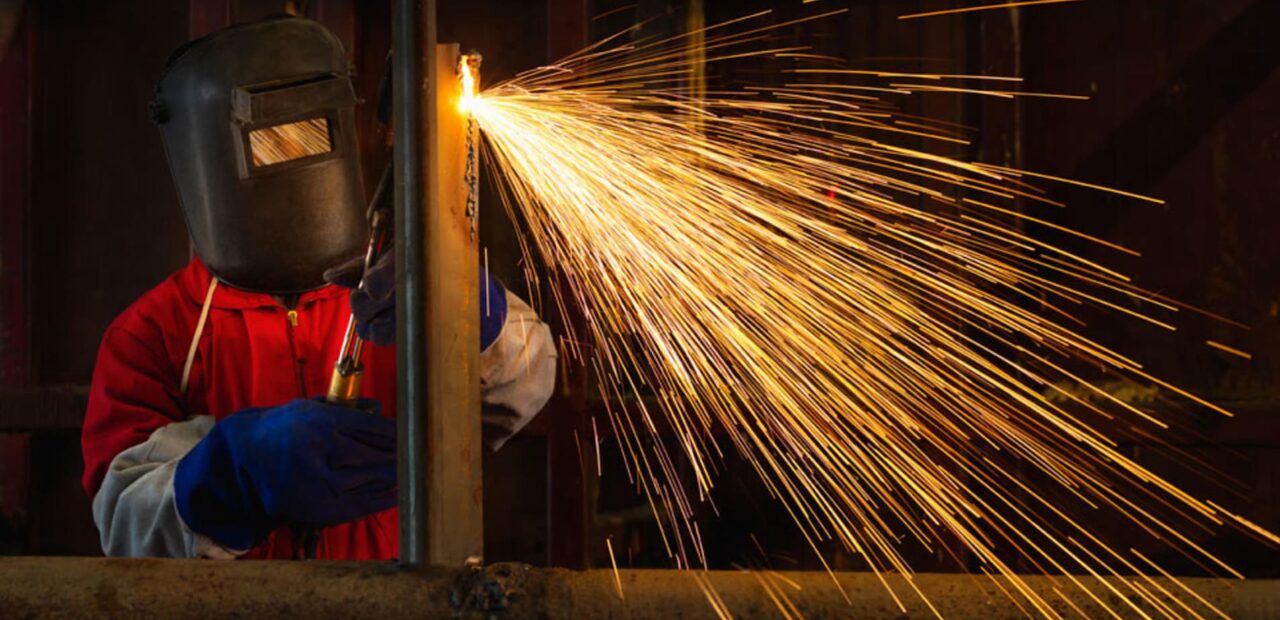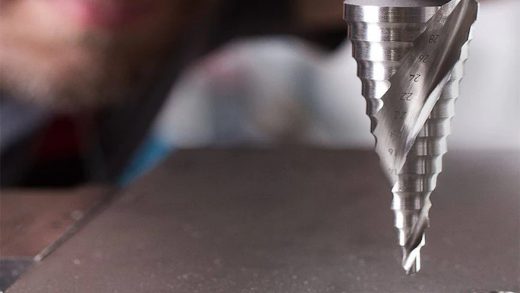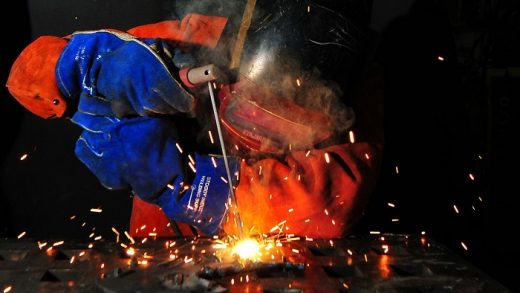Welding Ground Clamps: What You Need to Know to Stay Safe on the Job
Welding is labour-intensive and can get dangerous if you don’t use the right gear. Most welding processes (and there are quite a few) rely on high current from a mains-connected power supply, to ignite an electrode and create an electric arc with enough heat to fuse two metals. For better results across different types of materials and workpieces of different thicknesses, you’ll be looking at welders that can muster a decent number of amps and have longer duty cycles for steady workflow.
What’s also critical in maintaining a steady arc is that the current flowing between the welding machine and the workpiece needs to be grounded. This not only provides consistent results with stronger welds but also prevents current from passing from any point to the operator and causing severe burns or life-threatening electrical shock. This is why earth clamps are used. They close the circuit, to keep the flow of power within the system.
Contents
What Welding Ground Clamps Are and Why They’re Necessary
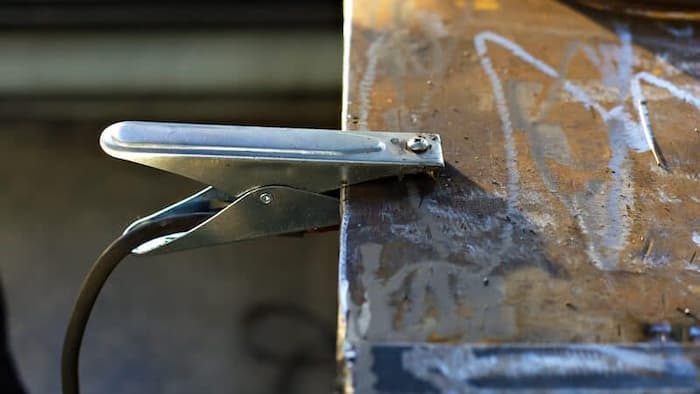
In simple terms, welding ground clamps are vital accessories that attach to the workpiece (or metal workbench) and close the circuit so the current can effectively reach the weld arc and fuse the workpieces. They also go under the name of earth clamps and prevent current from leaking. This ensures better weld quality and no safety risks to the operator, provided the clamp is used as instructed and in good condition. There are quite a few varieties in terms of designs and how they stick to workpieces of different sizes and shapes, with a magnetic welding ground clamp being especially useful for uneven pieces such as pipes or car panels.
Types of Ground Clamps
There are several designs of ground clamps. They differ in their amp ratings, the materials and the surfaces they optimally work with, and the welding processes in which they deliver the best results. The major types include:
- Standard ground clamps – these have a spring at the pivot point in the handle, to keep the clamp in place. They’re best suited to flat and round surfaces.
- Spring-loaded – clamps in this design consist of a spring at the handle ends to provide better clamping force in flat or rounded workpieces.
- Flat-jaw – these clamps also consist of springs in the pivot point of the handle, but have textured jaws. The design provides increased clamping force in sheet metal and bar stock.
- Cantilever – cantilever clamps work best in pipes, but the grooved floating jaws can also be used in workpieces in other shapes and profiles.
- G/C clamps – these have an integrated screw that can be manually adjusted to grip pieces of different sizes and shapes. Most are used in permanent grounding.
- Magnetic clamps – use a magnetic welding ground clamp on any magnetic surface. This circular design and the fast-release handle are preferred for irregular or uneven surfaces, like car panels and larger pieces of sheet metal, and work where other ground clamps won’t. They’re also preferred in thinner pieces or along edges, where other clamp designs are likely to cause damage or won’t fit.
- Switchable magnetic clamps – these can be switched on and off, so allow for quick adjustments in positioning. This means less time, less elbow grease, and more precision. Like regular magnetic welding clamps, they’re used on magnetic workpieces, like those made of containing iron, cobalt or nickel, or alloys like most types of stainless steel.
Materials and Amp Ratings
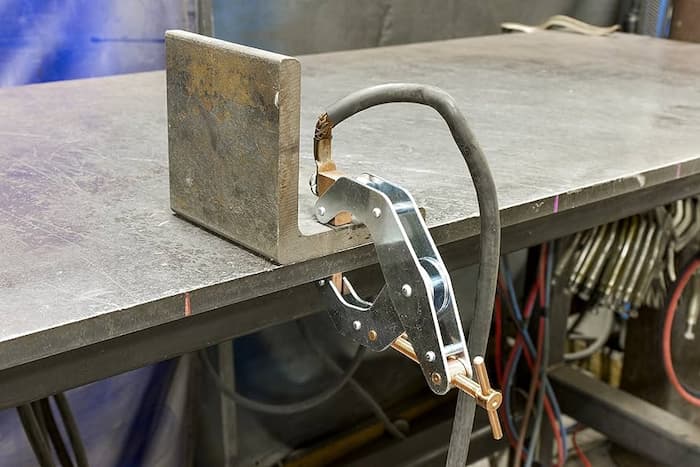
Earth clamps are made of metals that have high electric and heat conductivity. Metals differ and should be paired with the amp rating in the welding machine to ensure cleaner welds and heightened safety, with no current leakage. Lower amperage standard clamps for instance are made of brass or steel, while higher amperage variants often are copper plated since this has higher conductivity.
Benefits of Using a Magnetic Welding Earth Clamp
One of the simple reasons to go with magnetic grounds is speed. They’re quick to stick to the workpiece or workbench, are easily moved and adjusted and save heaps of time in micro-adjustments. Moreover, there’s no lost time to find, make or remove a ground point.
Another is their high clamping force, able to secure very heavy pieces. Smaller 300A clamps have a holding force of 20 kilos, while higher-rated 800A clamps are comfortable even with loads of 200 kilos or more.
And lastly, choose a magnetic ground clamp for versatility. They are the only way to make a secure ground in workpieces of varying or odd shapes, and where standard or G-clamps just don’t have enough clamping force or where jaws can damage delicate or thin metal sheets.
When to Replace Worn Earth Clamps
While earth clamps are meant to last up to ten years with proper use, always check the condition of the clamp and the connected cable lugs before any project. Subpar designs and inferior materials cause poor connection to the workpiece, voltage drop, and weld inconsistency. More worrying though is contact points that have been worn from overheating and this poses a safety risk that renders even the best PPE welding gear useless. So, if you want cleaner and stronger welds and more safety while working, always use a welding earth clamp in top condition.

